Are Canadian homebuilding costs about to skyrocket?
A lumber war could be about to erupt as the deadline ticks nearer for the introduction of tariffs between Canada and the United States, sparking fears of a jump in homebuilding costs on both sides of the border.
The countermeasures announced by Canada in response to US president Donald Trump’s planned 25% tariffs – which were delayed by 30 days after last-ditch talks between Trump and Prime Minister Justin Trudeau – included levies on building materials and other construction essentials.
If the tariffs come into effect, much will depend in the months ahead on whether Canada is able to pivot and secure affordable alternatives to the homebuilding materials it usually purchases from the US, according to Canadian Home Builders’ Association (CHBA) chief executive officer Kevin Lee.
The good news: there could be plenty of viable options both domestically and from abroad. “A lot of our construction materials go north-south between Canada and the US. That’s the whole idea of free trade,” Lee told Canadian Mortgage Professional.
“But we would expect that if [tariffs] happened, we would see a little bit more east-west [trade] within Canada that would occur. And so there would be that opportunity. There’s certainly opportunity to import from other countries as well.”
That process wouldn’t be a straightforward one and could take some time. “There would definitely be some supply chain disruption,” Lee said. “And even with domestic and other import supply there would probably be some slight increases in costing if that were to come about.”
Removing internal trade barriers a top focus for feds
Trudeau hosted a hastily-convened Canada-US Economic Summit in Toronto last week, assembling business leaders to explore ways of managing the potential shock of US tariffs – and warning that Trump is serious when he says he wants Canada to become the 51st American state.
Increasing internal trade and removing interprovincial barriers is also expected to be a key priority for the federal government as it readies for the “economic force” Trump has threatened to unleash on Canada.
“I think it would be a good outcome for all of this if we could get better at moving products and materials within Canada without trade barriers,” Lee said. “And I would add that when we look at harmonization, which is the term around the building code as well, we also need to really emphasize that we need municipalities to stop trying to put in their own versions of building codes.
“That just creates more barriers and complications when you go from municipality to municipality and we don’t have harmonization literally across the street, in some cases, between two municipalities. So we need to clean that up as well.”
Could a trade war cause fewer housing starts in Canada?
The outlook for housing construction in Canada is bleak, with little chance of adding the millions of extra units the national housing agency says is required to restore affordability by 2030 – even though starts are expected to remain above their 10-year average this year.
Canada Mortgage and Housing Corporation (CMHC) suggested last week that a housing market meltdown wasn’t likely in its medium-case expectations for US tariffs on Canada, but said housing starts are likely to drop lower than expected in the coming years.
That’s due in large part to a projected slowdown in condominium apartment construction between now and 2027. “With low investor interest and more young families looking for family-friendly homes, developers will find it harder to sell enough units to fund new projects,” the national housing agency said.
“The increase in unsold units will likely reduce new project launches, leading to a decline in new condominium apartment construction.”
Lee said the tariffs would probably cloud the outlook for housing starts even further if introduced. “There’s so much uncertainty around all of them,” he said, “but we’re looking at a slower [pace] in the year ahead anyway, without the tariffs.
“So we would expect it to slow down still more if the tariffs and the countervailing tariffs come into play.”
Source CMP
By Fergal McAlinden
